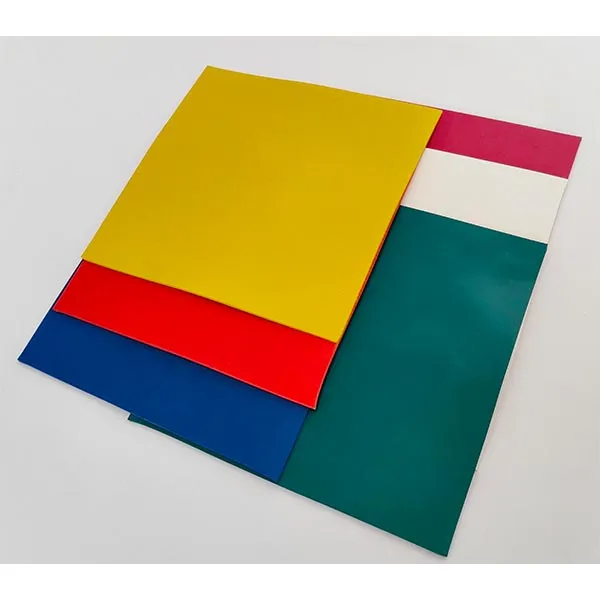Effective Solutions for Sealing the Bottom of Interior Doors
Understanding Interior Door Bottom Seals A Comprehensive Guide
Interior door bottom seals, often overlooked, play an essential role in enhancing the functionality and aesthetics of your living space. These seals, typically made of rubber, vinyl, or silicone, are installed at the bottom of doors to close the gap between the door and the floor. Their importance extends beyond mere appearance; they provide insulation, soundproofing, pest control, and energy efficiency.
The Importance of Interior Door Bottom Seals
1. Energy Efficiency One of the primary benefits of installing a bottom seal on your interior doors is energy efficiency. These seals help to prevent drafts, ensuring that heated or cooled air doesn’t escape through gaps. This is particularly important in rooms that are frequently used, like living rooms and bedrooms, as it helps maintain a consistent temperature. By reducing the workload on your HVAC system, these seals can lead to noticeable savings on your energy bills.
2. Sound Insulation Interior door bottom seals also play a significant role in soundproofing. In busy households, noise can often travel freely through gaps at the bottom of doors, leading to disturbances. By installing a bottom seal, you can reduce noise transfer between rooms, creating a more peaceful living environment. This is especially valuable for home offices, nurseries, or any space where quiet is paramount.
3. Pest Control Unwanted pests such as insects can easily enter your home through gaps around doors. A bottom seal effectively blocks these entry points, helping to keep your home pest-free. This added layer of protection can contribute to a healthier living space, free from irritants and potential infestations.
4. Aesthetic Appeal In addition to their functional benefits, door bottom seals can enhance the aesthetic appeal of your interior space. They can give a finished look to doors while masking imperfections at the floor's edge. With various styles and colors available, you can choose a seal that complements your décor, ensuring that practicality does not compromise style.
Types of Interior Door Bottom Seals
There are several types of interior door bottom seals to consider, each offering unique benefits
- Strip Seals These are flexible strips that can be attached to the bottom of the door. They often have an adhesive backing, making installation simple and hassle-free.
- Compression Seals These seals compress against the floor when the door is closed, providing a tight barrier against air, noise, and pests. They are commonly used in heavier doors.
interior door bottom seal

- Automatic Seals These innovative seals drop down when the door is closed and retract when opened, providing a seamless and user-friendly solution.
Each type of seal may be suitable for different situations and can be selected based on individual needs.
Installation Tips
Installing an interior door bottom seal is a straightforward process, though it may vary based on the type selected. Here are some general steps to follow
1. Measure the Door Start by measuring the width of your door to ensure you purchase the correct length of the seal.
2. Prepare the Surface Clean the bottom of the door thoroughly to ensure proper adhesion.
3. Cut the Seal If necessary, trim the seal to fit your door's dimensions.
4. Attach the Seal Follow the manufacturer’s instructions to attach the seal, ensuring it is evenly aligned.
5. Test the Door Open and close the door to check for proper operation and adjust if needed.
Conclusion
Interior door bottom seals are a valuable addition to any home, combining functionality with style. By understanding their benefits and types, you can make an informed decision when selecting the right seal for your doors. Not only do they contribute to energy efficiency and sound control, but they also enhance the overall comfort and appeal of your living spaces. Investing in quality door bottom seals is undoubtedly a step toward a more functional and enjoyable home environment.
-
Under Door Draught Stopper: Essential ProtectionNewsJul.31,2025
-
Garage Door Seal and Weatherstrips for ProtectionNewsJul.31,2025
-
Edge Banding Tape for Perfect EdgesNewsJul.31,2025
-
Table Corner Guards and Wall Corner ProtectorsNewsJul.31,2025
-
Stair Nose Edging Trim and Tile Stair SolutionsNewsJul.31,2025
-
Truck Bed Rubber Mats for Pickup BedsNewsJul.31,2025
-
Window Weather Stripping for Noise ReductionNewsJul.29,2025